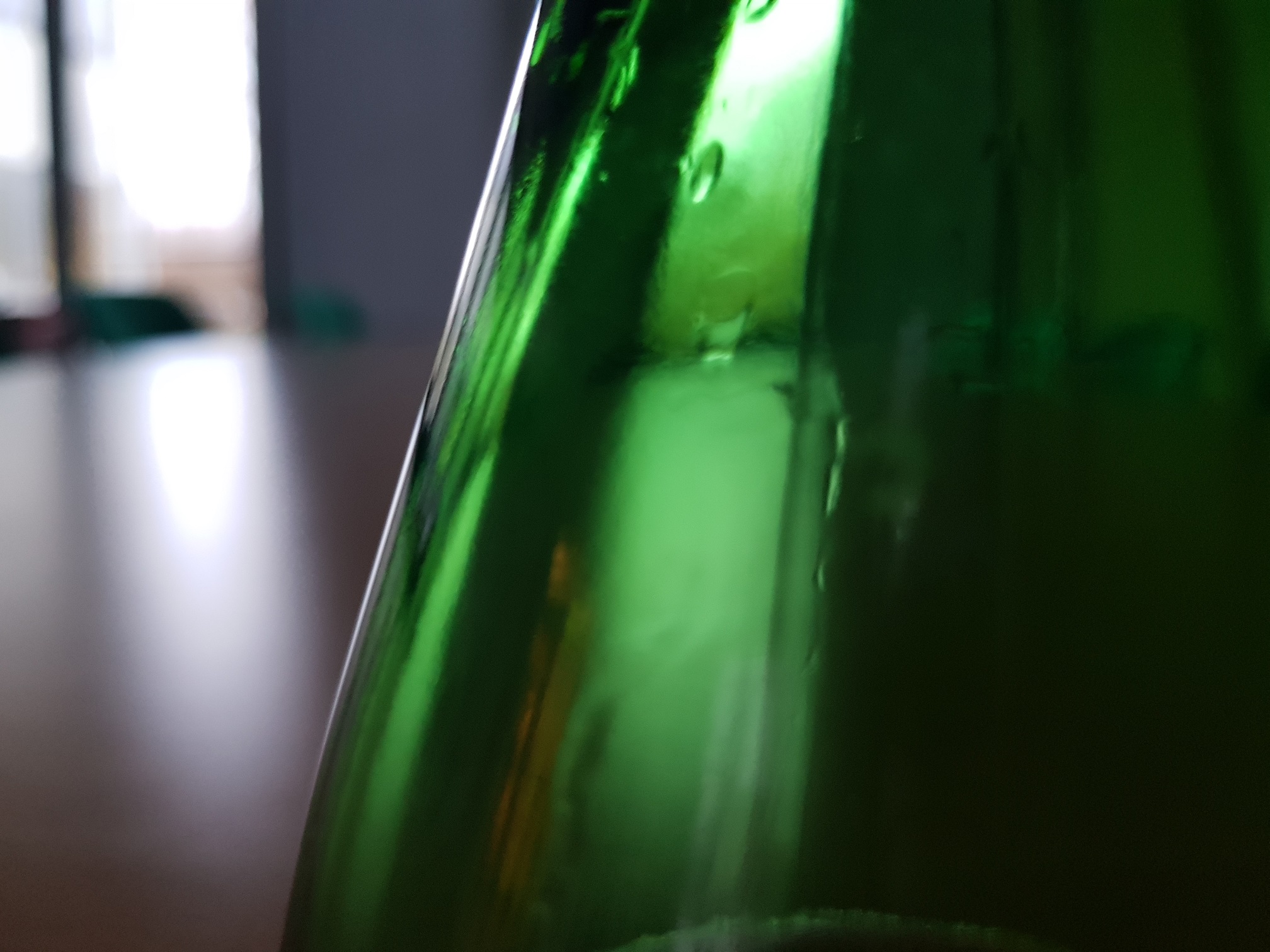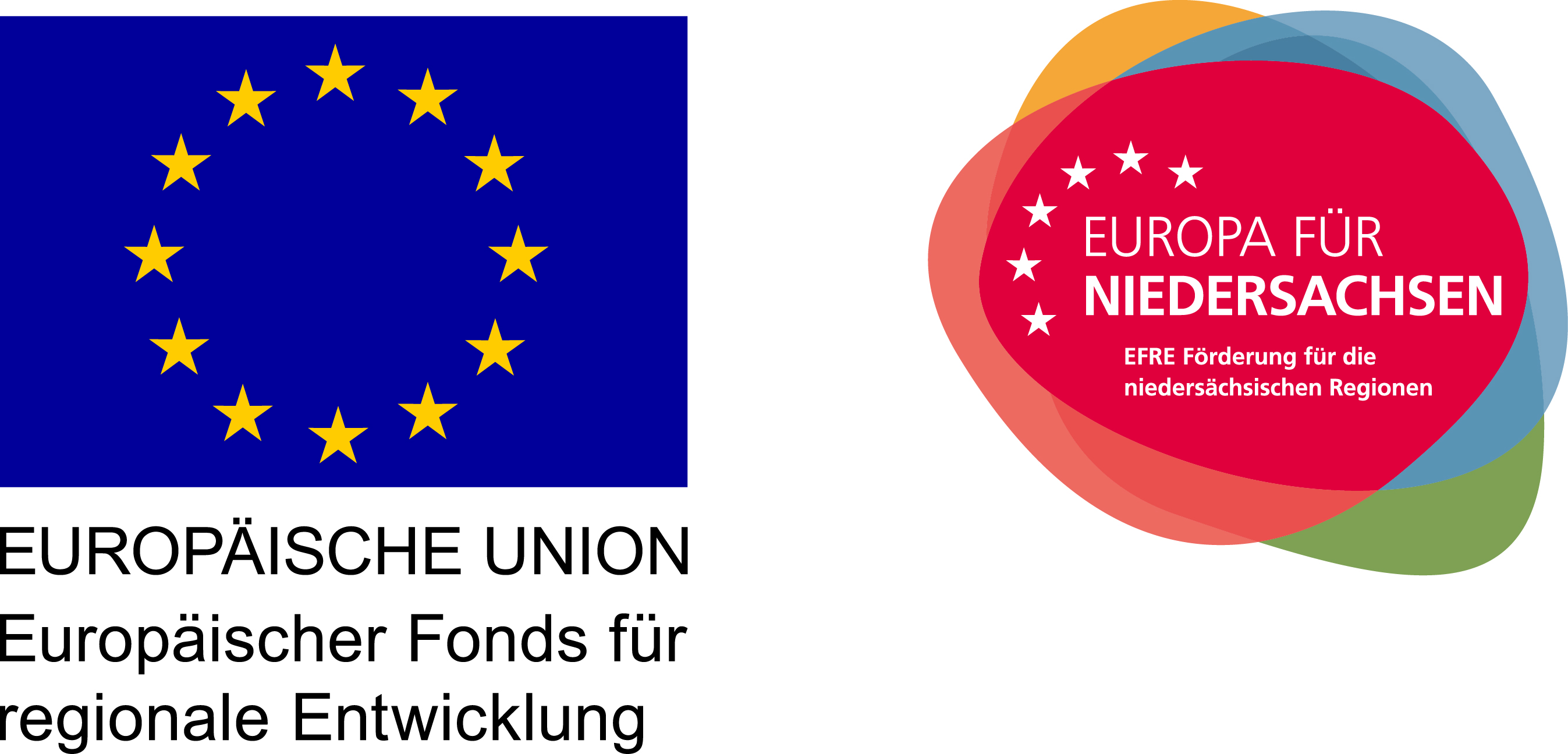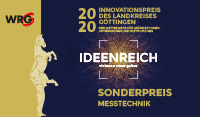IPS, g, Beschleunigung...? Was bedeutet das?
Grundsätzlich zur Begrifflichkeit: IPS ist eine alte Einheit für Band-Geschwindigkeit (in der Fördertechnik auch "Gurt-Gechwindigkeit") und bedeutet "Inch-per-second" (siehe Wikipedia)
Aufgezeichnet werden von allen Loggern, die dem IGR bekannt sind, ausschließlich Beschleunigungen (m/s² oder g). Aus diesen Beschleunigungen lässt sich erkennen, wann ein Stoß vorlag, oder bspw. ein normales Anfahren eines Transportbandes. Zumindest bei ausreichend genauer Aufzeichnung und Auswertung.
Kein Gerät dieser Art, egal welchen Herstellers, kann eine Geschwindigkeit (m/s, km/h, IPS, ...) tatsächlich messen - im Wortsinn. Denn in der Flasche bewegt sich der Sensor ja nicht, auch wenn das Band sich bewegt. Es fehlt also der Bezug. Ein Wert für IPS wird darum nur kalkuliert. Sollten Sie ein Gerät haben, welches direkt IPS anzeigt, so ist dies zumindest irreführend oder vereinfacht. Wir möchten Sie aber lieber mitnehmen und ihr Wissen anreichern, als durch irgend eine "Black-Box" uns monatliches Salär zu sichern.
Hierzu hat das IGR mit den vorliegenden Loggern, für die wir uns letztlich entschieden haben, aber auch mit Modellen anderer Hersteller einiges an Erfahrung gesammelt und kalibriert darum einmalig jedes Originalgefäß. So bekommen Sie auch einen Flaschen-individuellen IPS-Wert, so der denn benötigt wird.
Vereinfacht gesagt:
Wird eine Flasche von einem hohen Turm fallen gelassen, bewegt sie sich erst langsam und im Laufe des Falls mit immer höherer Geschwindigkeit. Ohne kaputt zu gehen. Kaputt geht sie erst auf dem Boden bei Null-Geschwindigkeit, sprich durch extreme (negative) Beschleunigung. Und damit ist diese entscheidend - denn, wenn auf dem Boden ein großes Kissen läge, bliebe die Flasche evtl. trotzdem heile.
Warum ist nun die IPS-Angabe derart wichtig?
Vermutlich hat dies mit der Historie zu tun. Wahrscheinlich wurden früher die Geschwindigkeiten von Transportbändern bei Glasverarbeitungsanlagen eben auch in IPS angegeben und entsprechend Bänder mit maximaler Geschwindigkeit von X IPS zugelassen. Da das Messen der Bescheunigung der Glaskörper nicht sinnvoll möglich war, war dies quasi eine (durchaus sinnvolle) Vereinfachung. Aber von Reklamationen zwischen Glashersteller und Abfüller abgesehen interessiert es eben mittlerweile mehr, tatsächliche Probleme zu finden.
- Kategorie: Glossar
Begriffserklärung für EUCEB und RAL
EUCEB:
EUCEB steht für "European Certification Board for Mineral Wool Products", eine im Juni 2000 gegründete, nicht gewinnorientierte Organisation, deren Zweck die freiwillige Zertifizierung von Mineralwolle-Produkten gemäß "Note Q of Regulation (EC) No 1272/2008" ist.
Für nähere Infos siehe: www.euceb.org *
RAL:
RAL, das "Deutsche Institut für Gütesicherung und Kennzeichnung e.V." in Bonn (Deutschland), ist einer der weltweit ältesten Kennzeichnungsdiensteister. Seit 1925 verlassen sich Verbraucher, Unternehmen, Industrie und Handel auf RAL. Die besonders hohen Qualitätsstandards der Produkte und Dienstleistungen werden von unabhängigen Experten entwickelt, kontinuierlich neutral geprüft und ständig aktualisiert. (laut RAL-website)
"RAL" stand übrigens bei Gründung für "Reichsausschuss für Lieferbedingungen".
Für nähere Infos siehe: www.ral.de *
* Bitte Hinweise/Haftungsausschluss für externe Links im Impressum beachten!
DIN EN 13468:2001-12 - Bedeutung:
Wärmedämmstoffe für die Haustechnik und für betriebstechnische Anlagen - Bestimmung des Gehalts von wasserlöslichen Chlorid-, Flourid-, Silikat- und Natrium-Ionen und des pH-Wertes
DIN EN 13468:2001-12 - Bedeutung
Titel (Deutsch): Artikel für Säuglinge und Kleinkinder - Artikel für flüssige Kindernahrung - Teil 1: Allgemeine und mechanische Anforderungen und Prüfungen; Deutsche Fassung EN 14350-1:2004 für die Haustechnik und für betriebstechnische Anlagen - Bestimmung des Gehalts von wasserlöslichen Chlorid-, Flourid-, Silikat- und Natrium-Ionen und des pH-Wertes
Title (English): Child use and care articles - Drinking equipment - Part 1: General and mechanical requirements and tests; German version EN 14350-1:2004
Chromium in the glass
Chromium in the glass - How, why and which form?
What is Chromium anyway?
Chromium (Cr) is a chemical element from the group of transition elements. It is found in various forms and various compounds on earth. The most important oxidation states of chromium, and content of this document solely, are trivalent chromium (Cr3+) and hexavalent chromium (Cr6+).
More than 90% of the chromium in the human body are taken from it by foods such as fish, meat, fruits and vegetables.
And why is the topic Chrome then so important?
While the Cr3+ is not only safe for our bodies, but - at least in certain amounts - even required as a trace element, the Cr6+ is carcinogenic, which means, that Cr6+ is supposed to increase the risk of cancer. The study data on this issue, however, is unbalanced. For the carcinogenicity of inhaled Cr6+, there are several studies with similar basic statement. Regarding oral taking, the study situation is far thinner. Here, almost all known studies based on a case in China from the 1960s, such as for example was explained in the still recent named study by the Federal Environment Agency of Germany ("Umweltbundesamt") [1] .
Basically there are two points from previous studies to conclude:
1. As long as a risk of cancer is imputed to Cr6+, it is recommended not to distinguish between oral and inhalation exposure, meaning to take it as being carcinogenic regardless its way in the body. That is why Cr6+ is also classified such way by REACH and ECHA.
2. With regard to the effect in the body (and possble thresholds) there is currently not any valid study that gives a bit of enlightenment. The Umweltbundesamt examines "actually" (the report is from 2014) the data in Germany on "The importance of hexavalent chromium in drinking water" [2]. More recent figures are not found there.
The Environmental Protection Agency of the United States ("EPA") has most recently held in September 2013 a workshop with international participants [3] . Here, amongst other results, it was gathered clear, that although the human body can convert Cr6+ to Cr3+, this process does not work the other way around [ "Hexavalent chromium can be converted, or "reduced," to trivalent chromium but this process will not occur in the opposite direction in physiological systems (that is, trivalent chromium can not "oxidize" to hexavalent chromium in the human body)."] [3] .
But all this means, at least, in the contemplation of chromium, a distinction between these two oxidation states is essential, and only for Cr6+ can thus a limitation/threshold be useful.
For chromium in total in drinking water, the WHO recommends preliminarily eg. a guideline of 50 micrograms/liter. This 50 µg/l total chromium are currently used as limit for drinking water in the EU and Germany; in the United States generally a limit of 100 µg/l of chromium is used. In our research with regard to Cr6+ in drinking water, we were able to determine the state of California having a limit of 10 µg/l Cr6+. No threshold could be identified for Europe and Germany, thus it can be assumed that here currently a limit of 50 µg/l Cr6+ applies.
And what does that have to do with glass?
Chromium is used as a coloring element, mainly in green glass. Although there are alternatives, eg. iron, chromium, however, is actually for some colors difficult to replace.
On top of that, due to the high recycling rate in Germany, also significant quantities of chromium are brought in from the cullets.
So green glass is contaminated?
No, it is not.
First, the total chromium content is quite low already, second only trivalent chromium compounds such as chrome iron ore are used in central Europe. In the glass melt also a raise of the oxidation state from Cr3+ to Cr6+ is generally thermodynamically excluded by the commonly prevailing conditions. Therefore, only chromium(III) compounds are detectable after the melting process in the finished product.
Several laboratories, including the IGR have already done some test runs regarding this topic. In our case it was and still is regularly tested, both freshly produced green glass from various glass factories, as well as the bevearages in green glass bottles, specifically to Cr6+. It has been detected in none of the cases examined.
That leaves glass - even green glass - for beverages continue the package no. 1.

++++++++++++++++++++++++++++++++++++++++++++++++++++++++++++++
Footnotes / references (Note on external links in Legal note):
[1]: https://www.umweltbundesamt.de/sites/default/files/medien/374/dokumente/gutachten_cr_trinkwasser_2012.pdf , page 22ff
[2]: https://www.umweltbundesamt.de/themen/die-bedeutung-sechswertigen-chroms-im-trinkwasser
[3] United States Environmental Protection Agency: https://www.epa.gov/iris/hexavalent-chromium-workshop
All links last checked: 19.10.2021
- Kategorie: Glossar


